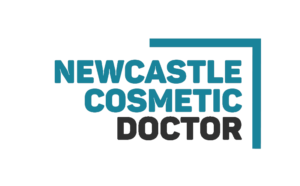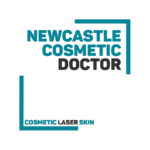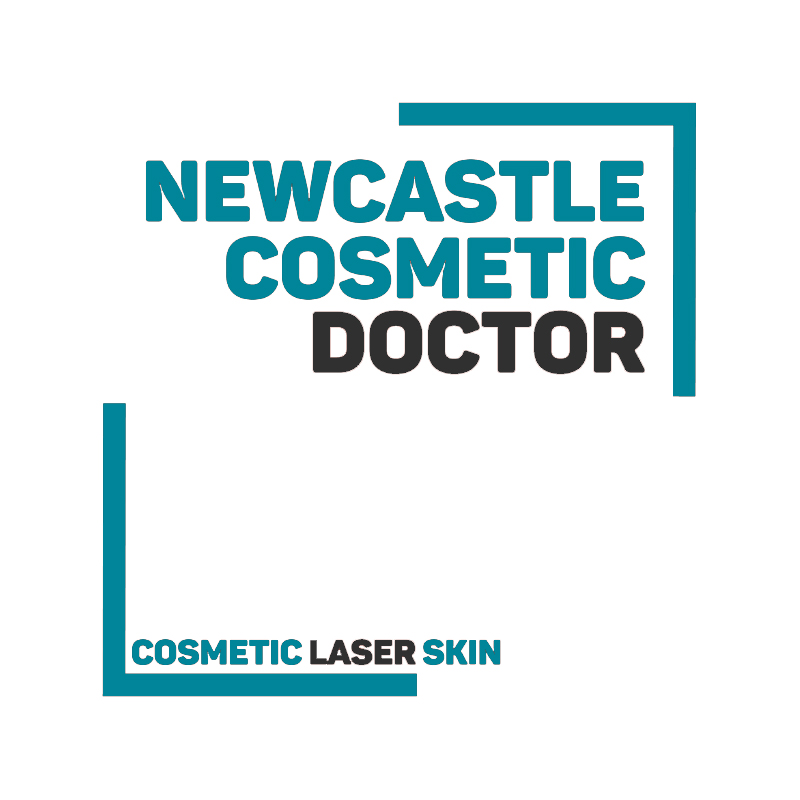Service: Fotona SP Dynamis (Er:YAG 2940 nm / Nd:YAG 1064 nm) & StarWalker MaQX (QS 1064/532 nm ± dye 585/650 nm).
Cause / Mechanism
Laser-induced textural changes occur when dermal collagen, adnexal structures, or epidermal basement membrane are damaged. Atrophy results from excessive ablation or tissue loss. Hypertrophic or keloid scarring develops from excessive fibroblast activity and collagen deposition during wound healing. Nd:YAG and Er:YAG ablative modes carry highest risk when parameters are excessive, downtime care is poor, or patient is predisposed. 1 2
Risk Factors
- Patient: Fitzpatrick III–VI (higher keloid risk), history of keloids, autoimmune disease, isotretinoin use within 6–12 months, poor wound healing.
- Procedure: ablative resurfacing (Er:YAG), high fluence/overlapping passes, aggressive fractional resurfacing.
- Environment: inadequate infection prevention, poor post‑op care, sun exposure. 1 3 4
Signs & Symptoms
- Atrophy: thin, depressed plaques at treated site, loss of dermal volume, persistent erythema.
- Hypertrophic scar: raised, erythematous, confined to wound margin, develops within weeks.
- Keloid: firm, rubbery scar tissue extending beyond wound margin, persists >12 months, may be symptomatic (itch, pain). 2 3
Prevention
- Careful history: avoid ablative resurfacing in patients with active keloid history or isotretinoin use <12 months. 1
- Parameter moderation: use lowest effective fluence/passes, especially in darker phototypes.
- Test spots prior to full-face procedures; titrate cautiously.
- Strict aseptic technique and infection prevention.
- Sun protection and moisturisation during recovery.
- Include risk of scarring in consent process. 2 4
Management Protocol
Atrophy:
- Observation — some cases remodel with neocollagenesis over 6–12 months.
- Early referral to dermatology/plastic surgery for persistent cosmetic concern.
- Options: dermal fillers (HA), autologous fat transfer, microneedling, fractional non‑ablative resurfacing. 3
Hypertrophic Scarring:
- Silicone gel/sheeting applied daily for 2–3 months.
- Pressure dressings if practical.
- Intralesional corticosteroid injections (e.g., triamcinolone) for resistant lesions. 3
- Pulsed‑dye laser or fractional resurfacing after scar maturation (≥6 months).
Keloid Scarring:
- Early dermatology/plastic surgery referral.
- Combination therapies: intralesional corticosteroids + 5‑FU or bleomycin; silicone sheeting; pressure therapy. 4
- Surgical excision only with adjuvant therapy (radiation, silicone, or steroid injections) due to high recurrence. 4
Follow‑up & Documentation
- Document onset, severity, photos, treatments used.
- Provide written aftercare: scar massage, silicone use, strict photoprotection.
- Schedule regular reviews (monthly for hypertrophic/keloids until stable).
- Record incident in Laser Log and review in quality meetings. 1 2
Sources
- AS/NZS 4173:2018 Safe use of lasers and intense light sources in health care — patient selection, contraindications., viewed 7 October 2025, https://www.standards.org.au ↩︎
- ARPANSA. Advice for providers: Lasers and intense light sources for cosmetic purposes., viewed 7 October 2025, https://www.arpansa.gov.au ↩︎
- Australasian College of Dermatologists. Scarring disorders and management guidelines., viewed 7 October 2025, https://www.dermcoll.edu.au ↩︎
- DermNet NZ. Hypertrophic and keloid scars — causes and treatment., viewed 7 October 2025, https://dermnetnz.org/topics/keloid-and-hypertrophic-scars ↩︎


